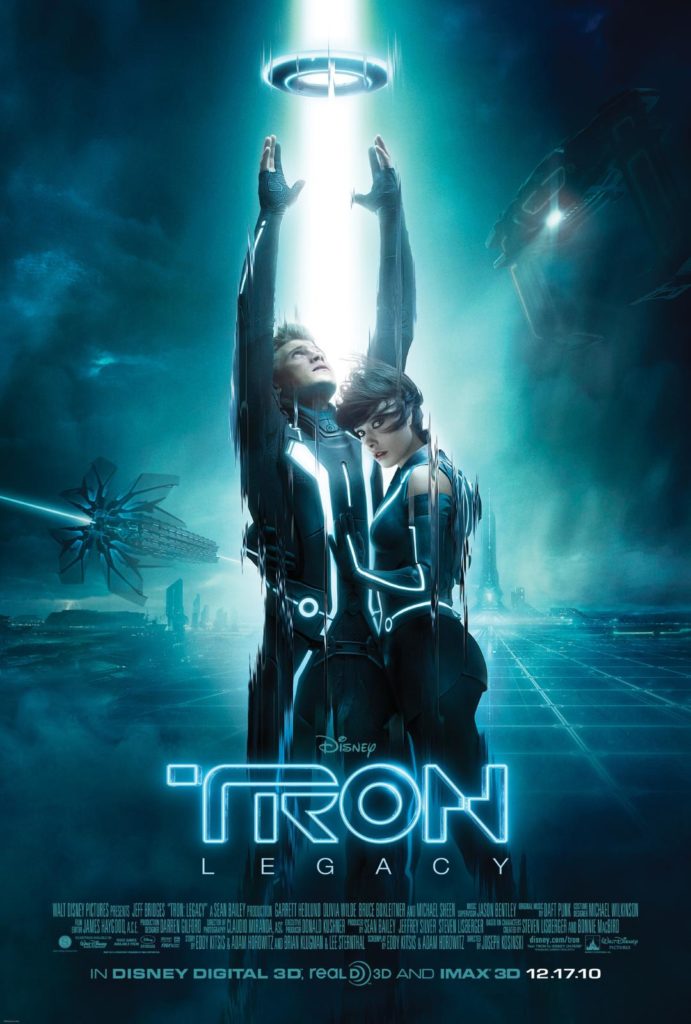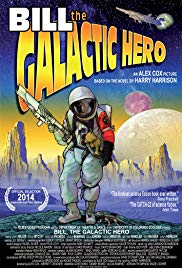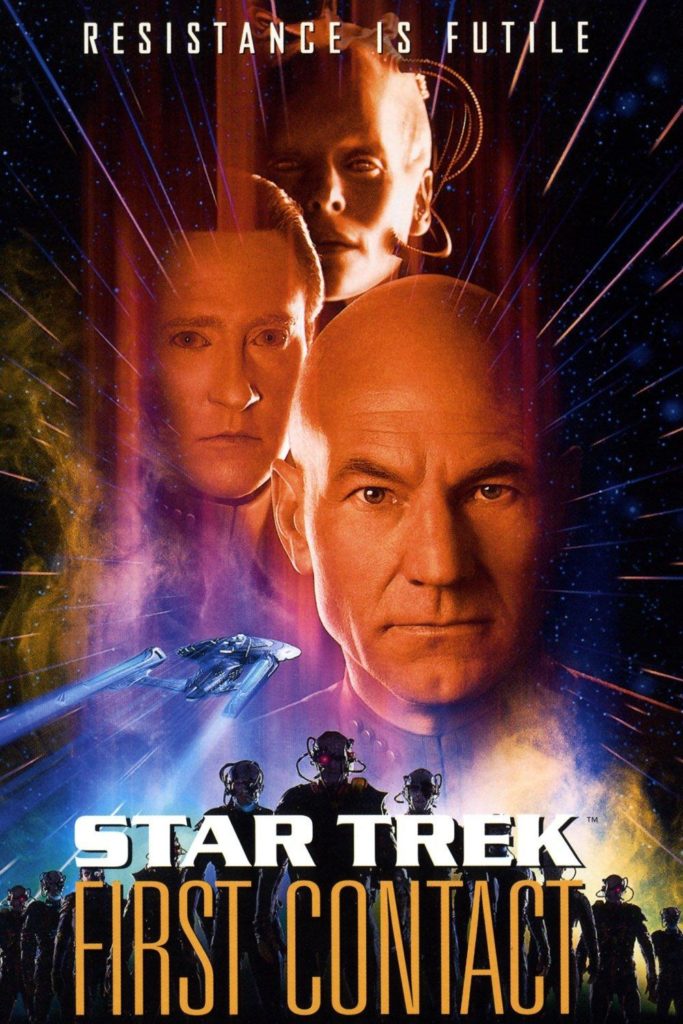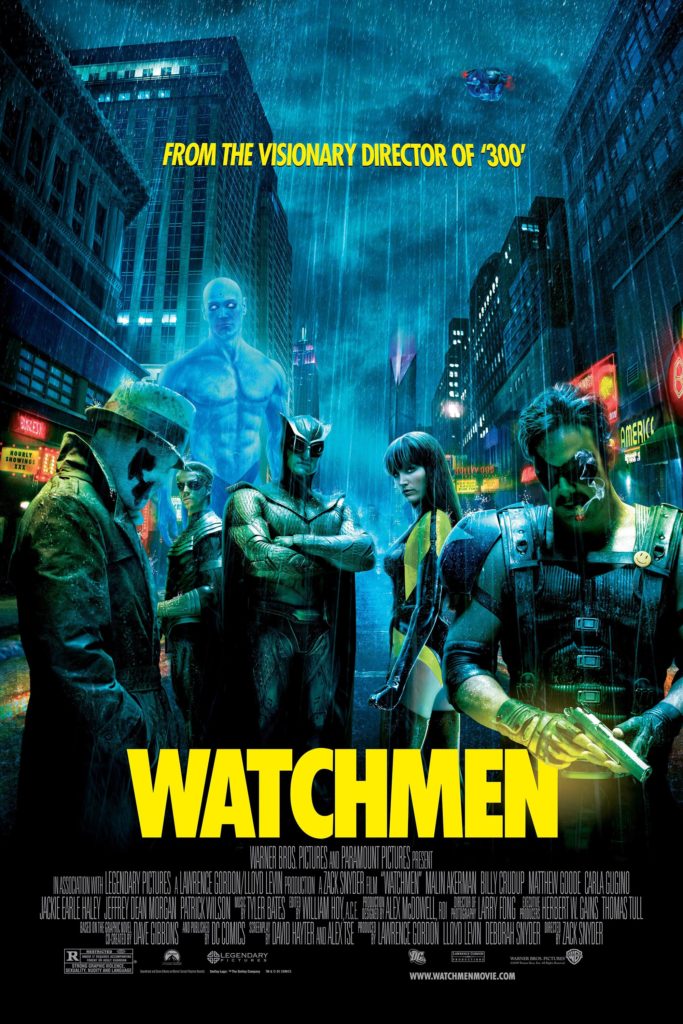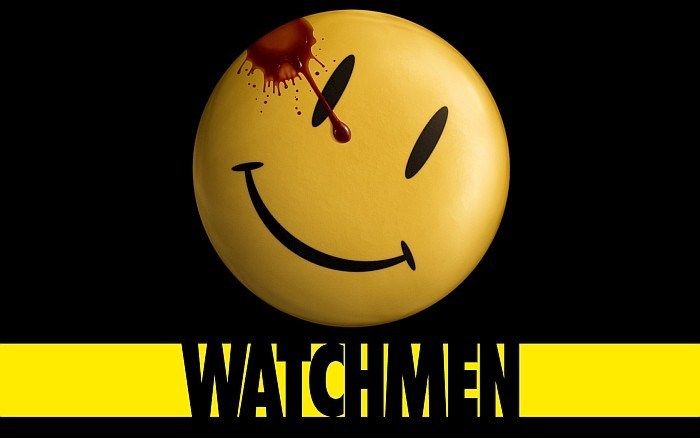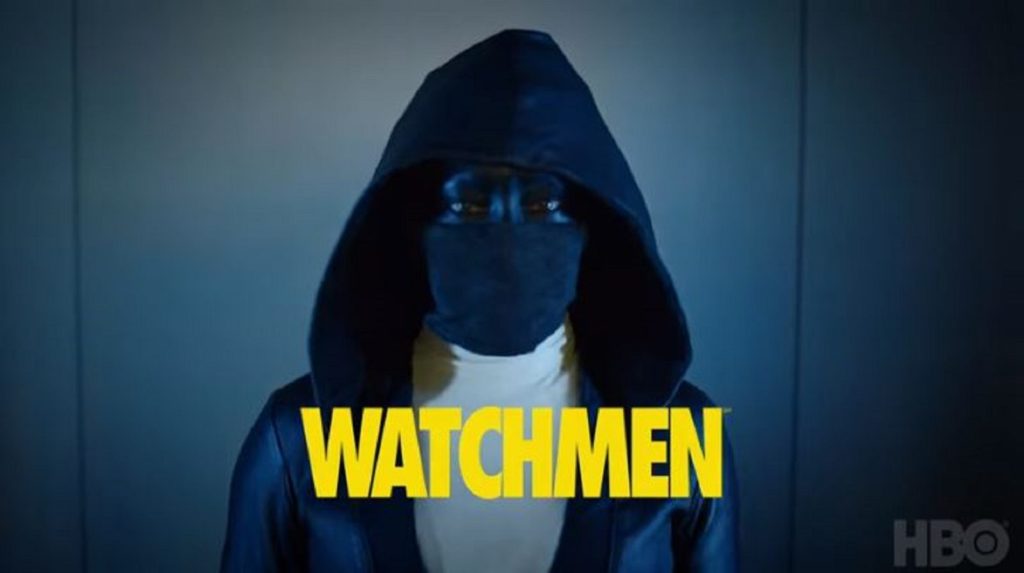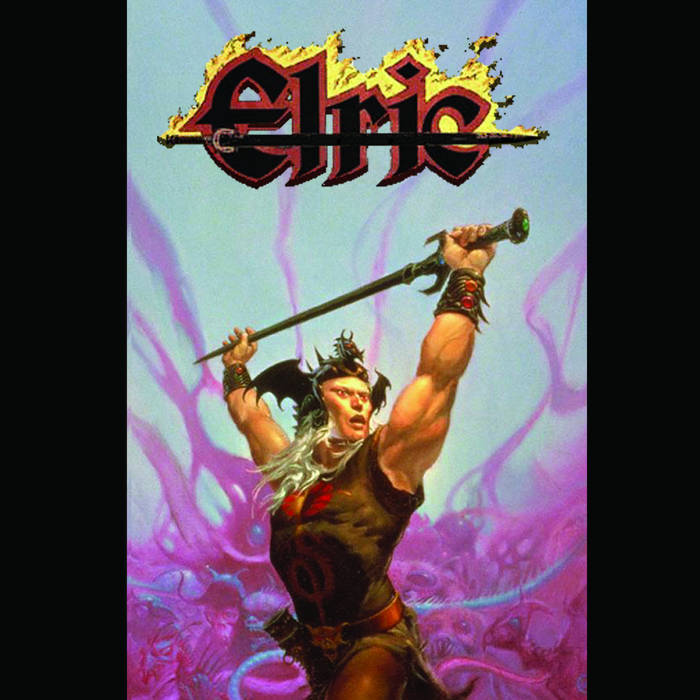(1) FOUND IN SPACE. [Item by Daniel Dern.] Lifehacker’s Brendan Hesse has figure out “How to Explore the Solar System in Google Maps via Hyperspace”. I’ve briefly tried this, and it works. I wonder if [we] can add tags etc. for sf story/video locations, etc…
Note, the article says, “You’ll only be able to use the space feature—and experience the hyperspace tunneling—on desktop versions of Chrome,” but I’m seeing something that seems to be that effect on my (Win 10 desktop) Firefox browser.
You’ll only be able to use the space feature—and experience the hyperspace tunneling—on desktop versions of Chrome, but it’s easy to find and use:
- Go to Google Maps.
- Click the “Satellite view” button at the lower-left of the screen.
- Click the super-tiny “Global view” button at the top of the navigation controls in your browser’s lower-right corner.
- Using either the “-” key, your mouse wheel, or the Google Maps zoom controls, zoom out until you’re in the planetary view of Earth.
- Select one of the various planets and moons from the list on the left, and you’ll blast through hyperspace to your new destination. Eligible destinations include Mars (to visit Dr. Manhattan), Europa (to recreate the journey of that 2013 sci-fi film), and the International Space Station (to say hello to everyone currently zooming around our planet).
(2) CROSSING THE STREAMS. “Netflix’s Dracula Easter Egg Sets It In The Same Universe As Doctor Who” — ScreenRant noticed the hatchling immediately.
A throwaway line spoken early into the first episode of the newly released Dracula places the Steven Moffat and Mark Gatiss-produced vampire series within the expansive Doctor Who universe.
…As an oblivious Jonathan rides a rickety carriage towards Dracula’s castle, he pours over a letter from his beloved fiancée, Mina. In it, she writes of life back in England. Whovians were quick to notice that among the details mentioned by Mina was one familiar to watchers of the Matt Smith and Peter Capaldi era of Doctor Who. Doctor Who as run by Steven Moffat has a history of being self-referential itself.
Mina writes to Jonathan of “the adorable barmaid at the Rose and Crown.” The 2012 Doctor Who Christmas special (re)-introduces audiences to Clara Oswin Oswald (Jenna Louise Coleman). Although the character eventually goes on to become the sharp companion to both Matt Smith and Peter Capaldi’s Doctors, in the 1892-set episode, she is a barmaid-cum-governess once earning her income at the Rose & Crown Inn.
(3) FUTURE TENSE. The December 2019 entry in Slate’s Future Tense Fiction series is “Actually Naneen,” by Malka Older, a new short story about robot nannies from the author of Infomocracy.
There’s also a response essay by Ed Finn on the role technology should play in childhood.
…The question of automating child care is political, economic, and ideological all at the same time. Despite decades of educational research, we still put most children through systems designed a century ago to train factory workers and farmhands. Mountains of psychological studies have done little to prevent me from making parenting mistakes—some of them, inevitably, recapitulating my childhood, while others are totally new mistakes I’m adopting into our family like so many holiday traditions. Parenting is the most intensely personal, long-haul project many humans ever take on. What other task averages so many hours over so many years, with such little external oversight or reliable feedback? There is no one correct way to parent because every parental situation is different, and navigating those differences requires all the intelligence, compassion, patience, and humanity we can throw at it.
But it also requires resources, and the idea of outsourcing parenting has always tempted those who could afford it….
(4) HE CAN TALK TO REPORTERS, TOO. In Parade, “Robert Downey Jr. Opens Up About Life After Iron Man, Kung Fu Fighting and Managing a Menagerie in Dolittle“.
When Robert Downey Jr. was preparing for his new role in Dolittle, a movie in which he plays a doctor who lives with a house full of animals—and talks with them—he began to wonder, “How does anyone relate to this guy?” And then he looked out the window of his home in Malibu, Calif., and saw his alpaca Fuzzy looking back at him.
In addition to his wife of 14 years, Susan, and their two kids, son Exton, 7, and daughter Avri, 5, Downey lives with dozens of animals they’ve taken in over the past 10 years. There are pigs (kunekunes, a New Zealand breed), Oreo cows (with that distinctive white belt), pygmy goats, a larger rescue goat named Cutie Boots, a bunch of chickens and two cats, Montgomery and D’Artagnan. “I was like, ‘Oh, yeah,’” he says with a laugh. “‘You’re completely surrounded by animals!’”
(5) BLUE LIGHT SPECIAL. Aaron Bady is thumbs down on the series:“Dr. Manhattan is a Cop: “Watchmen” and Frantz Fanon” at the LA Review of Books.
… I’ve been thinking about why it’s disappointing. In the ’80s, it could seem plausible to “solve” the looming threat of nuclear war by creating the worldwide fear of an alien invader, “a force so dreadful it must be repelled, all enmities aside,” as Veidt declares. But this elegant twist — by which the savior of mankind is also a supervillain who kills millions of people, and gets away with it — was an elegant genre subversion because the antihero really was novel and subversive in the mid-’80s. By making the original Superman a Hitler-sympathizing vigilante literally clothed in KKK iconography, Moore and Gibbons were demonstrating the genre’s disavowed logic, and what Moore says so explicitly in that 2017 interview is pretty easy to find in the comic itself. There’s literally a comic within the comic, in which a shipwrecked sailor tries to save his family and town from pirates and ends up killing his family and town and then joining the pirates, all to hammer the point home: to save humanity from a nuclear holocaust, Veidt kills three million people; because he calculates the inevitability of The Event, he intervenes to bring it about; to be the hero, he becomes the villain. Since 1985, this once-novel idea has been absurdly generative and influential to the point of cliché: from the Watchmen-esque “The Killing Joke” through the Nolan Batman movie through the MCU up to Thanos, the superantihero has been at the heart of the modern post-9/11 revival of the superhero movie. What if the villain is the hero? What if the hero is the villain? “You know how you can tell the difference between a superhero and supervillain?” the comic asked, and then answers, “Me neither!”
(6) NOT EVERYONE CAN DO THIS. A New York Times interviewer found out “How Ursula K. Le Guin Fooled the Poet Robert Hass”.
What genres do you especially enjoy reading? And which do you avoid?
I tend to binge, so I have to try to avoid genre fiction, but I’m attracted to mysteries, detective novels partly because they come in a series — so I would find myself working through the 10 novels Simenon wrote in 1931 to see what that explosion was about. I had a Patrick O’Brian addiction at one point. When I read Ursula Le Guin, who grew up in Berkeley, I thought that I had discovered that I loved science fiction, and read a lot of it and discovered that I just loved Ursula Le Guin, unless Calvino and Borges count as science fiction.
(7) LESS THREAD, MORE FILLING. N.K. Jemisin will still be on Twitter, just not as much.
(8) MORE PLEASE. In The Hollywood Reporter, “‘Star Wars’ Star Dominic Monaghan Hopes for ‘Rise of Skywalker’ Director’s Cut”.
…Since the release of The Rise of Skywalker, viewers have been divided over their feelings about the film. This came to a head Thursday as an anonymous, unverified Reddit post suggested that the film was subject to a significant amount of studio meddling, prompting the hashtag #ReleaseTheJJCut to trend across social media. While Monaghan didn’t speak to these latest conspiracy theories, he does wish for the release of a director’s cut given the sheer volume of unused footage that Abrams shot.
“Like a lot of Star Wars fans, I’m hoping there will be a director’s cut so we’ll get to see more and more of the stuff that was filmed,” Monaghan tells The Hollywood Reporter. “I wasn’t there all the time, but even in the short time that I was there, there was so much stuff filmed that didn’t make it to the theatrical version…. Oh, man, there was so much stuff!”
(9) SHATNER’S CHRISTMAS SPECIAL. ComicBook.com tells how one Captain celebrated the holiday: “Star Trek’s William Shatner Surprised the LAPD on Christmas Day”.
Star Trek‘s William Shatner is famous for playing Captain James T. Kirk. In 2019, he took on the role of local Santa Claus for the Los Angeles Police Department. Sources within the organization tell TMZ that Shatner visited his local precinct’s police station. He didn’t show up empty-handed, reportedly coming with corned beef and pastrami sandwiches, bagels, lox, and cream cheese to help feed the officers on duty on Christmas Day. Shatner reportedly thanked the on-duty officers and left a holiday card behind as well as a few hundred dollars to help feed the officers throughout the remainder of the day.
(10) TODAY’S BIRTHDAYS.
[Compiled by Cat Eldridge.]
- Born January 5, 1882 — Bela Lugosi. He’s best remembered for portraying Count Dracula in the 1931 film Drácula, although Wolfman certainly helped make him famous as well. Now tell me what’s your favorite film character that he played? (Died 1956.)
- Born January 5, 1914 — George Reeves. Yes, he was just forty five when he apparently committed suicide. Best known obviously for being Clark Kent and Superman in the Adventures of Superman which ran for six seasons. It was preceded by two films, Superman and the Mole Men and the now public domain Stamp Day for Superman. Reeves had one long running SFF series prior to this series, Adventures of Sir Galahad, a fifteen-part serial in which he played the lead. This clip is the only English one I found of him in that role. (Died 1959.)
- Born January 5, 1940 — Jennifer Westwood. Folklorist who I’m including on the Birthday Honors List (if the Queen can have such a list, I can too) for one of her works in particular, Albion: Guide to Legendary Britain as it has a SFF connection that’s will take some explaining. Ever hear of the band from Minnesota called Boiled in Lead? Well they took their name from a local legend in that time about a man that was wrapped in lead and plunged in a vat of scalding oil so that he now stands forever in a circle of stones but barely nine to this day. Among the SFF folk that have had a role in the band are Steven Brust, Adam Stemple, Jane Yolen and Will Shetterly. (Died 2008.)
- Born January 5, 1959 — Clancy Brown, 61. I first encountered him as the voice of Lex Luthor In the DC animated universe. All of his voice roles are far too extensive too list here, but I’ll single out his voice work as Savage Opress, Count Dooku’s new apprentice and Darth Maul’s brother, in Star Wars: The Clone Wars. Very selected live roles include Rawhide in The Adventures of Buckaroo Banzai Across the 8th Dimension, The Kurgan In Highlander, Sheriff Gus Gilbert in Pet Sematary Two, Captain Byron Hadley in The Shawshank Redemption, Sgt. Charles Zim In Starship Troopers and, one of My best loved weird series, the truly strange Brother Justin Crowe in Carnivàle.
- Born January 5, 1975 — Bradley Cooper, 45. He’d be here just for voicing Rocket Raccoon in the MCU. In fact, he is here just for that role.
- Born January 5, 1978 — Seanan McGuire, 42. Ahhhh, one of my favorite writers. I just finished listening to The Girl in the Green Silk Gown which was quite excellent and earlier I’d read her Chaos Choreography, both of her Indexing books which are beyond amazing and, God what else?, the Wayward Children series which I’ve mixed feelings about. I did read at a few of the first October Daye novelsbut they didn’t tickle my fancy. Not sure why though.
(11) PICARD RECRUITS. ComicBook.com is keeping an eye open for new Picard promos — “Star Trek: Picard Teaser Spotlights Romulan Agent Narek”.
The latest features the new character Narek, played by Harry Treadaway. Narek is a Romulan agent who joins up with Jean-Luc Picard and his crew to investigate the Romulans’ new interest in Borg drones. You can watch the teaser above. And speaking of Borg drones, last week’s teaser featured Seven of Nine, again played by Star Trek: Voyager‘s Jeri Ryan.
(12) ON TARGET. The GoFundMe to help Virgil Finlay’s daughter met it $5,000 goal. She sent her thanks in an update.
I want to thank everyone who so kindly contributed to help me save my father’s artwork, letters, and poetry. We will continue to work on restoring them piece by piece.
My daughter and I both thank you for your kindness!
Sincerely,
Lail and Brien
(13) RETRO RESEARCH. SF Magazines’ Paul Fraser put together a page on his blog listing nearly all of the Retro-Hugo eligible stories from 1944, with hyperlinks to copies on archive.org, as well as one or two other bits and pieces.
The table below* contains the 1944 fiction eligible for the 1945 Retro Hugo Awards, and links to copies of the stories on archive.org. Please use the contact form below to inform me of any omissions.
(* The table includes the contents of Amazing Stories, Astounding Science-Fiction, Captain Future, Fantastic Adventures, Planet Stories, Startling Stories, Thrilling Wonder Stories, and Weird Tales magazine, plus miscellaneous others—e.g. Olaf Stapledon’s Sirius, Robert Graves’ The Golden Fleece. There was no original fiction in Famous Fantastic Mysteries during 1944.)
(14) GETTING THEIR GOAT. “California Cities Turn To Hired Hooves To Help Prevent Massive Wildfires”. In fact, there’s a place in the foothills a few miles from me where they brought in goats – I don’t know whether they still do.
California has gone through several difficult fire seasons in recent years. Now, some cities are investing in unconventional fire prevention methods, including goats.
Anaheim, a city southeast of Los Angeles, has recently re-upped its contract with the company Environmental Land Management to keep goats grazing on city hillsides nearly year-round.
The goats are stationed in places like Deer Canyon Park, a nature preserve with more than a hundred acres of steep hills. Beginning in July, roughly 400 goats worked through the park, eating invasive grasses and dried brush.
The company’s operations manager Johnny Gonzales says that Deer Canyon, with its peaks and valleys, is just the right kind of place to use goats for fire prevention.
“This is the topography that poses challenges during these wildfire events,” Gonzales says. “And we can go ahead and reduce the fuel loads and take out the invasive plants, and establish the native plants on these banks; you’re re-establishing the ecology.”
…What makes the goats important isn’t just their ability to climb steep hillsides. According to Hogue and Gonzales, the animals eat invasive plants and grasses while only minimally grazing on native plants.
(15) SPACE FORCE. [Item by Mike Kennedy.] Should the Vulcans choose this time to finally drop in on us here on Earth, the US Space Force has a new unit designation ready made for at least one of them. Air Force News press release: “14th Air Force redesignated as Space Operations Command”.
By order of Secretary of the Air Force Barbara M. Barrett, effective Dec. 20, Fourteenth Air Force was officially redesignated as Space Operations Command.
[…] The SPOC directly supports the U.S. Space Force’s mission to protect the interests of the United States in space; deter aggression in, from and to space; and conduct space operations.
[…] The SPOC provides space capabilities such as space domain awareness, space electronic warfare, satellite communications, missile warning, nuclear detonation detection, environmental monitoring, military intelligence surveillance and reconnaissance, navigation warfare, command and control, and positioning, navigation and timing, on behalf of the USSF for USSPACECOM and other combatant commands.
[…] Additional details about SPOC will be available in early 2020 – highlighting Space Operations Command’s critical roles and responsibilities in support of national security objectives.
(16) THESE ARE THE JOKES. If you pooh-poohed this idea – well, the writers beat you to it. “‘Avenue 5’ review: Iannucci’s sci-fi sitcom is the funniest thing on HBO” promises Inverse.
…The best part of an Iannucci show is typically the insults. (I can’t remember the plot of Veep, but when I close my eyes I can still see and hear Julia Louis Dreyfus cursing out Jonah Ryan or calling him an “unstable piece of human scaffolding.”). Avenue 5 cares more about its plot than its barbs. There are twists, turns, big reveals, and cliffhanger endings that will have you impatiently waiting for next Sunday’s episode. It’s still funny, but don’t expect the mile-per-minute foul-mouthed humor that made Veep so great.
The setting of HBO’s new sci-fi comedy is as impressive as the comedy: A massive gleaming vessel — or, as one character describes it, a “giant dildo floating through space.” The interior sets are all curved, shiny white surfaces and huge windows revealing the infinite outer space all around them; this backfires after some unfortunate space debris ends up orbiting the ship, which is somehow large enough to create its own gravity field.
(17) UNINTENTIONAL WAR GAMES. “Pika-Who? How Pokémon Go Confused the Canadian Military” – the New York Times has the story.
Pokémon Go, the augmented-reality game, had soared to the top of the download charts. Within weeks, millions of people were chasing the digital animated creatures all over the world — and going places they should not go.
More than three years later, Canadian military officials have shared internal documents with the Canadian Broadcasting Corporation News Network that show how the military, both curious and confused, reacted to the wildly popular app.
Maj. Jeff Monaghan, an official based in Kingston, Ontario, wrote in an email: “Plse advise the Commissionaires that apparently Fort Frontenac is both a Pokégym and a Pokéstop. I will be completely honest in that I have not idea what that is.”
At least three military police officers, stationed at different bases, were assigned to wander around with smartphones and notepads in hand to search for Pokémon, Pokéstops and Pokégyms, according to the documents. (Users can find Pokéballs at Pokéstops, use their Pokéballs to capture Pokémon, and train and join teams at Pokégyms.)
“We should almost hire a 12-year-old to help us out with this,” David Levenick, a security expert at a military base in Borden, Ontario, wrote in an email.
Weeks after the app became available, Canadian officials noticed an increase in suspicious activity.
One woman was found on a military base as three children with her climbed on tanks. She was playing Pokémon Go.
(18) THE BEGINNING. In the Washington Post, John Kelly discusses an exhibit at the University of Maryland about Jim Henson’s college years, including sketches and drawings Henson made at college and how Henson created a silk-screening business in school to make money and help perfect his art. “Jim Henson was born gifted. At U-Md., he became even more talented.”
…Though the single-room exhibit is composed of just a few cases, a few walls and a few TV screens, it gives a good sense of the breadth of Henson’s interests and his love of experimentation. In his short animated film “Drums West,” colored shapes dance across a black background in time with a percussive soundtrack. Yellow and orange rectangles make starburst patterns as the (unseen) drummer, Chico Hamilton, plays the high-hat; blue dots pop as he thumps the bass drum. It’s an abstract visual representation of the music.
How was it done? At the end, the camera pulls back to reveal Henson seated at a workbench. In front of him is a black surface about the size of an LP cover. It’s surrounded by bits of colored paper that Henson has been painstakingly arranging with tweezers, then filming a frame at a time.
As for those souvenir Wilkins and Wontkins Muppets, they’re there too, inside a glass case. In 1958 you could have had a pair by sending in $1 and the last inch of winding band from a can of Wilkins Coffee or a Wilkins Instant Coffee label. “Made of soft but durable vinyl,” a newspaper ad explained, “you only need to move your fingers inside to create 1,001 funny faces.”
[Thanks to Cat Eldridge, John King Tarpinian, Martin Morse Wooster, Michael Toman, Chip Hitchcock, JJ, Daniel Dern, Mike Kennedy, Joey Eschrich, and Andrew Porter for some of these stories. Title credit goes to File 770 contributing editor of the day Anna Nimmhaus.]


